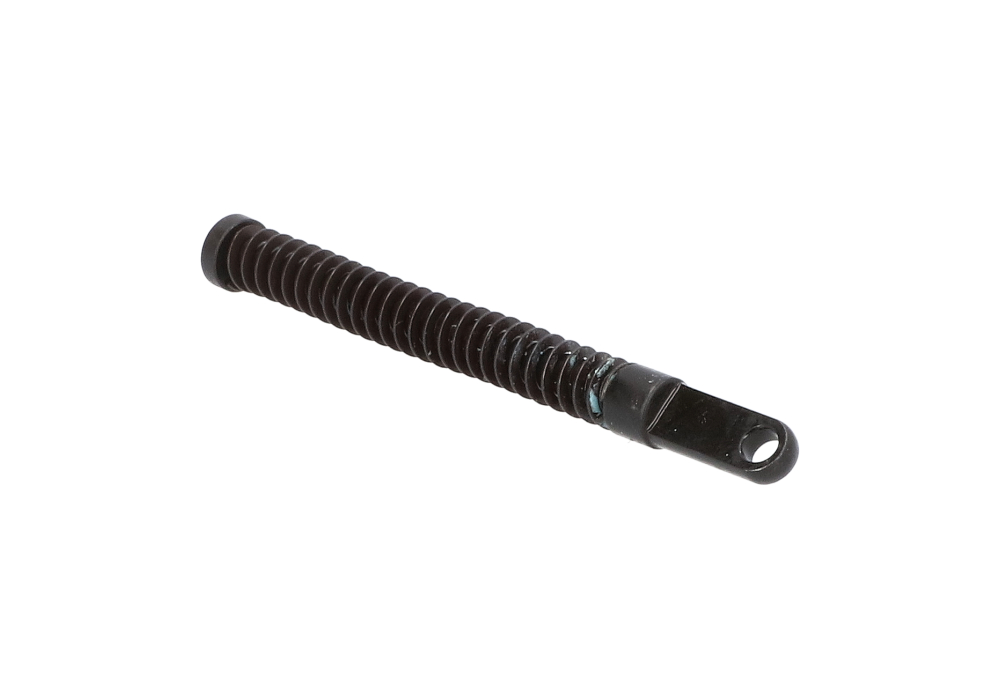45 Recoil Springs
In the world of firearm maintenance and performance, the right recoil spring is a small part that makes a significant difference—especially for those who rely on their .45-caliber pistols for personal defense, competition, or recreational shooting. As the autumn chill settles in and range days take on a brisk, invigorating edge, many shooters find themselves reassessing their gear and considering upgrades to ensure reliability through the colder months. The .45 recoil spring is a crucial component that manages the energy generated by each shot, absorbing the force of the slide cycling and helping to return it to battery with consistency. Whether you’re a seasoned enthusiast who understands the nuances of 10mm vs 45 acp, or you’re just beginning to explore the differences between 45 acp vs 10mm, understanding the role of the recoil spring can help you tailor your firearm to your specific needs and shooting style.
For those who carry a full-size or compact .45, such as the popular models compatible with sig p220 carry recoil spring or the adaptable sig p250 spring, choosing the right recoil spring weight is essential. A common question among shooters is, “What does a lighter recoil spring do?” In practice, a lighter spring can make slide manipulation easier and may help with faster cycling in competition settings, but it also requires careful consideration of ammunition type and overall firearm wear. Conversely, a heavier spring can help tame felt recoil and ensure reliable operation with hotter loads, which is particularly important for those who shoot a variety of ammunition or use extended capacity magazines. The right balance depends on your intended use—whether it’s for daily carry, home defense, or long sessions at the range. This is also a thoughtful gift for the firearm enthusiast in your life, especially as the holiday season approaches; a quality recoil spring can be a practical upgrade that demonstrates attention to detail and a commitment to performance.
When shopping for .45 recoil springs, it’s important to consider not only the spring weight, but also the material and construction quality. Springs crafted from high-tensile steel or similar alloys will typically offer greater longevity and consistent performance over thousands of rounds. Attention to detail in this small part can translate to smoother, more reliable cycling, reduced muzzle flip, and improved shot-to-shot accuracy—benefits that become even more apparent during cold weather shooting, when lubricants may thicken and metal contracts. For those with a diverse collection, exploring other calibers can be rewarding as well; if you’re interested in expanding your maintenance toolkit, you may want to browse our selection of 357 Gun Springs for additional options. Ultimately, investing in the right .45 recoil spring is about more than just replacing a worn part—it’s about fine-tuning your firearm to perform at its best, no matter the season or scenario.










